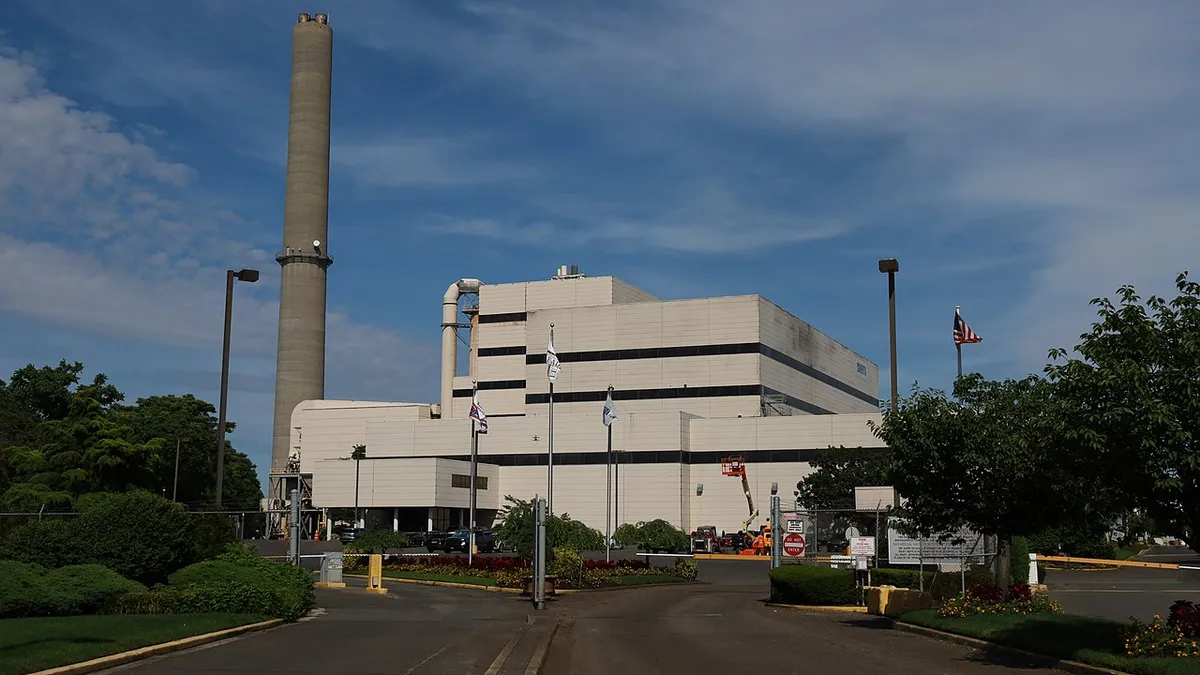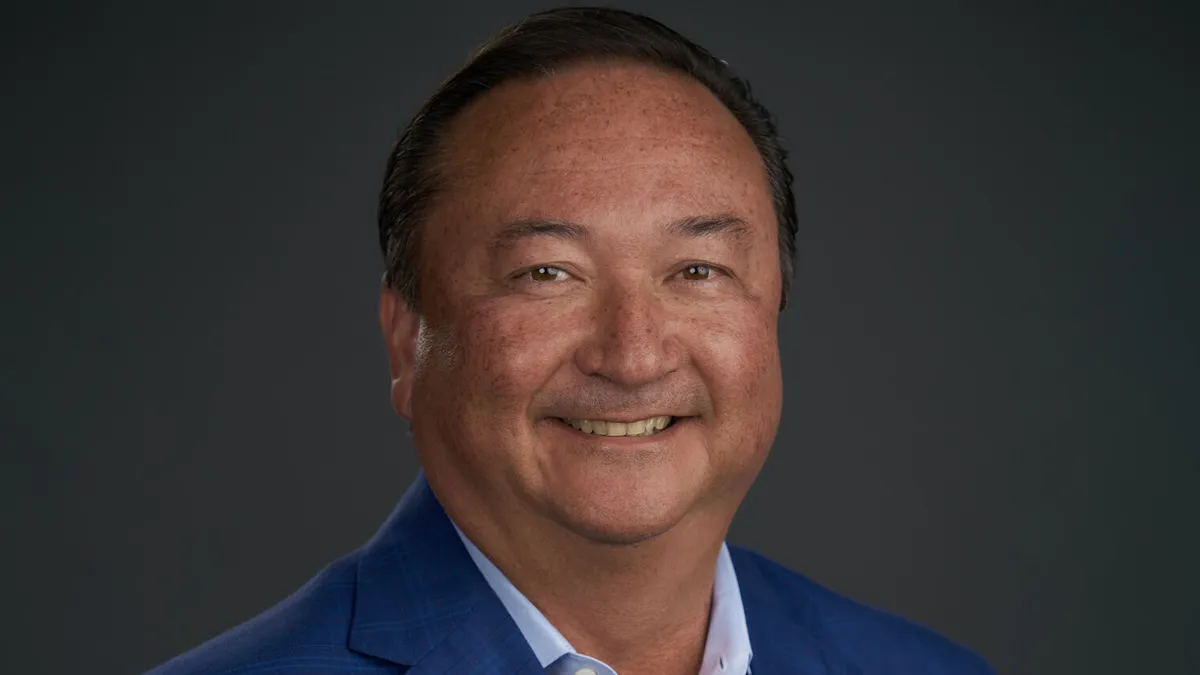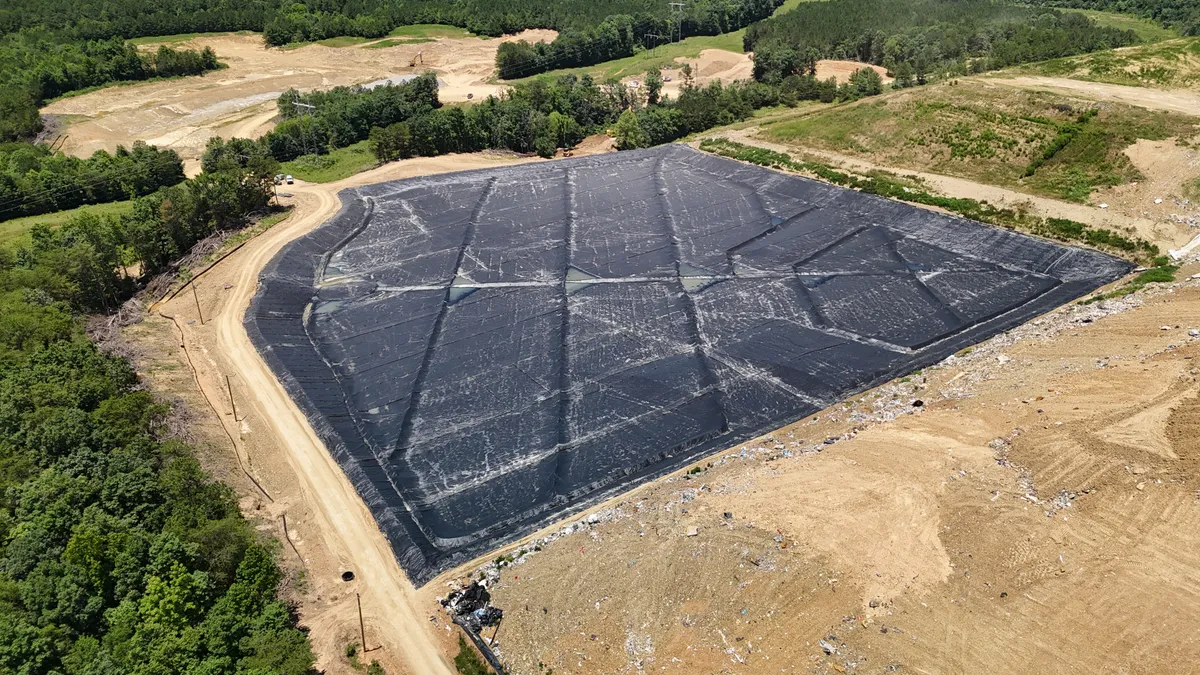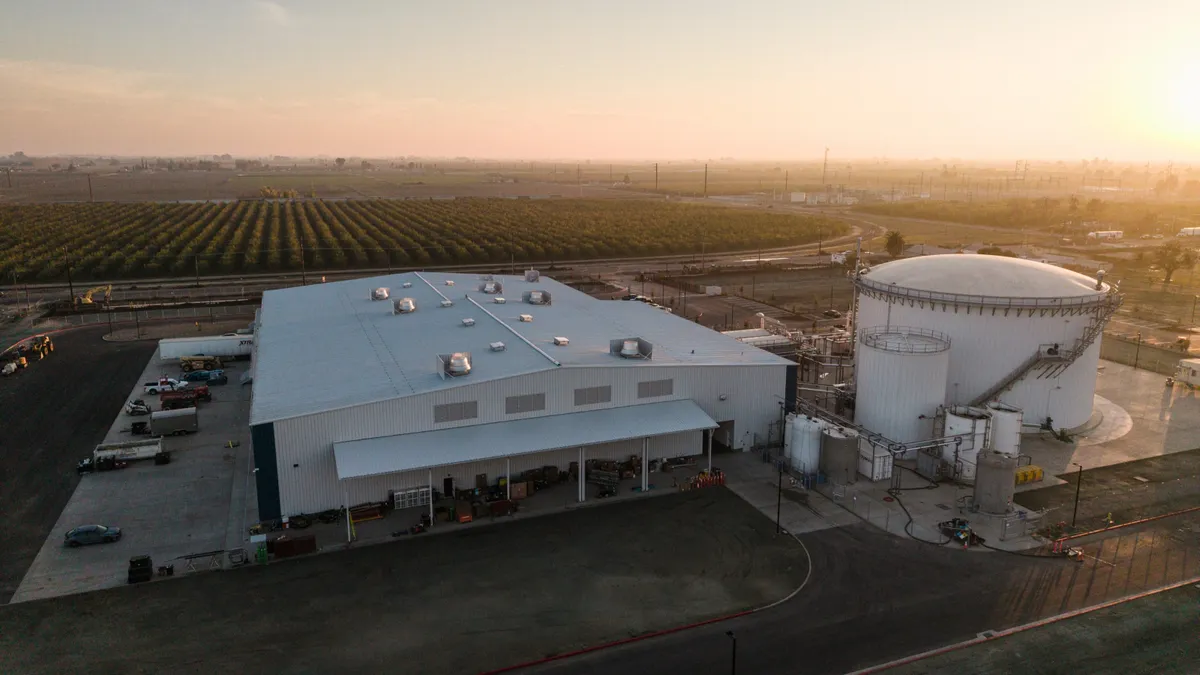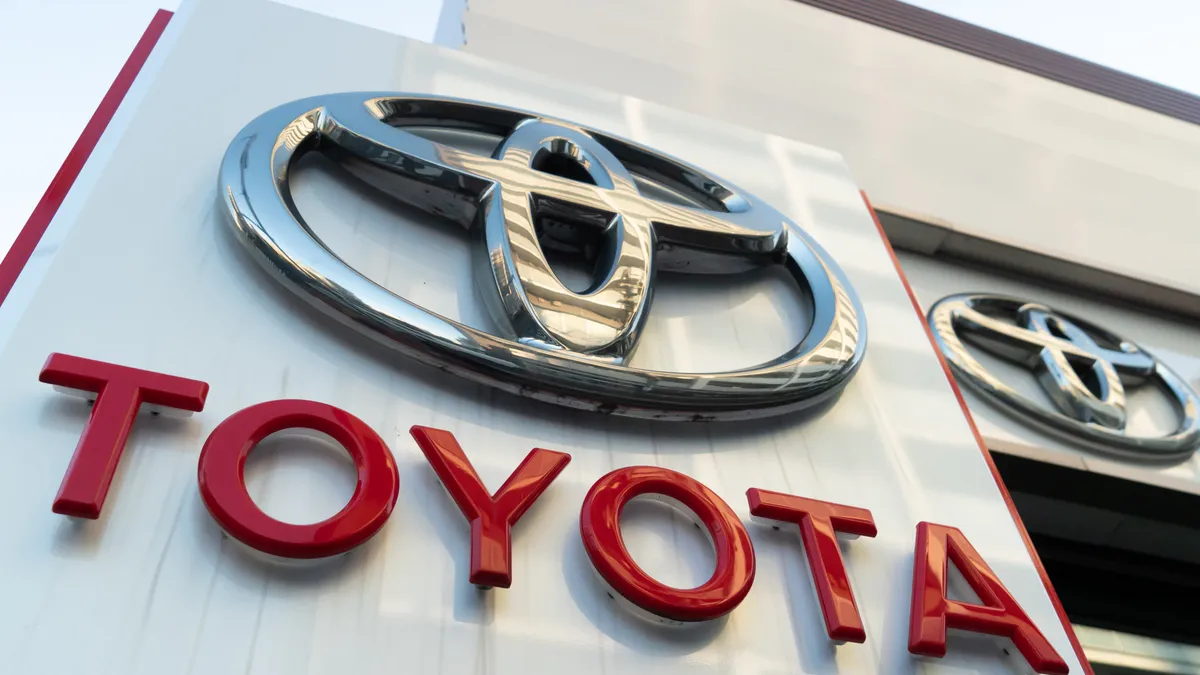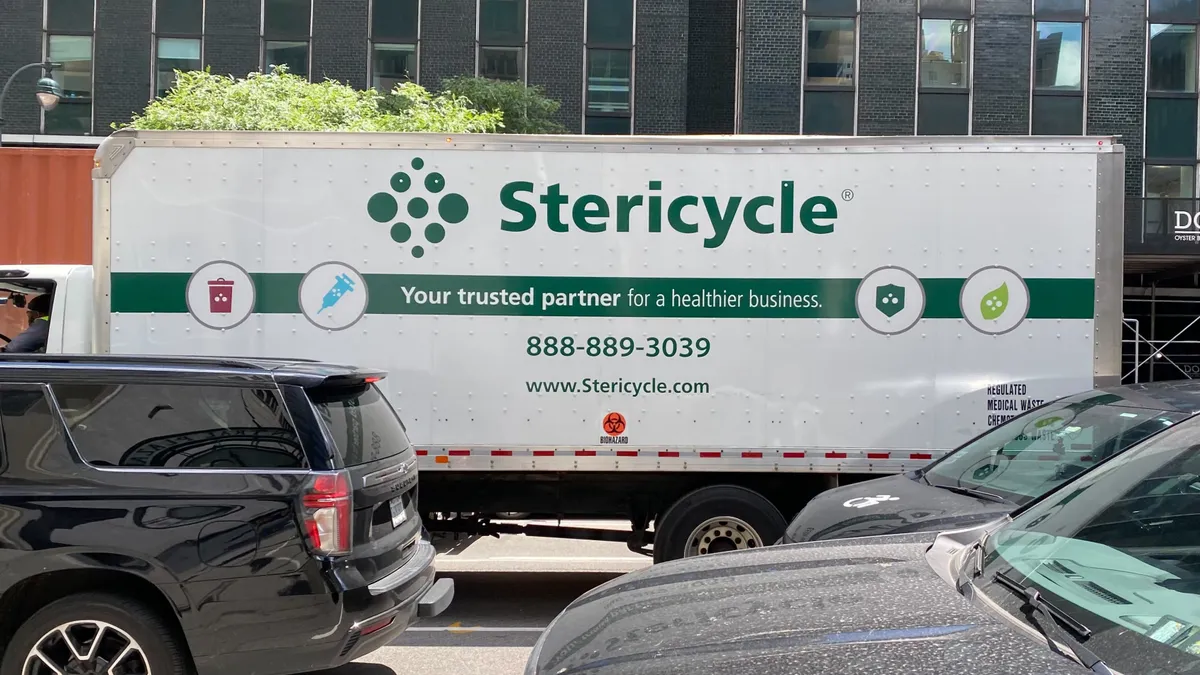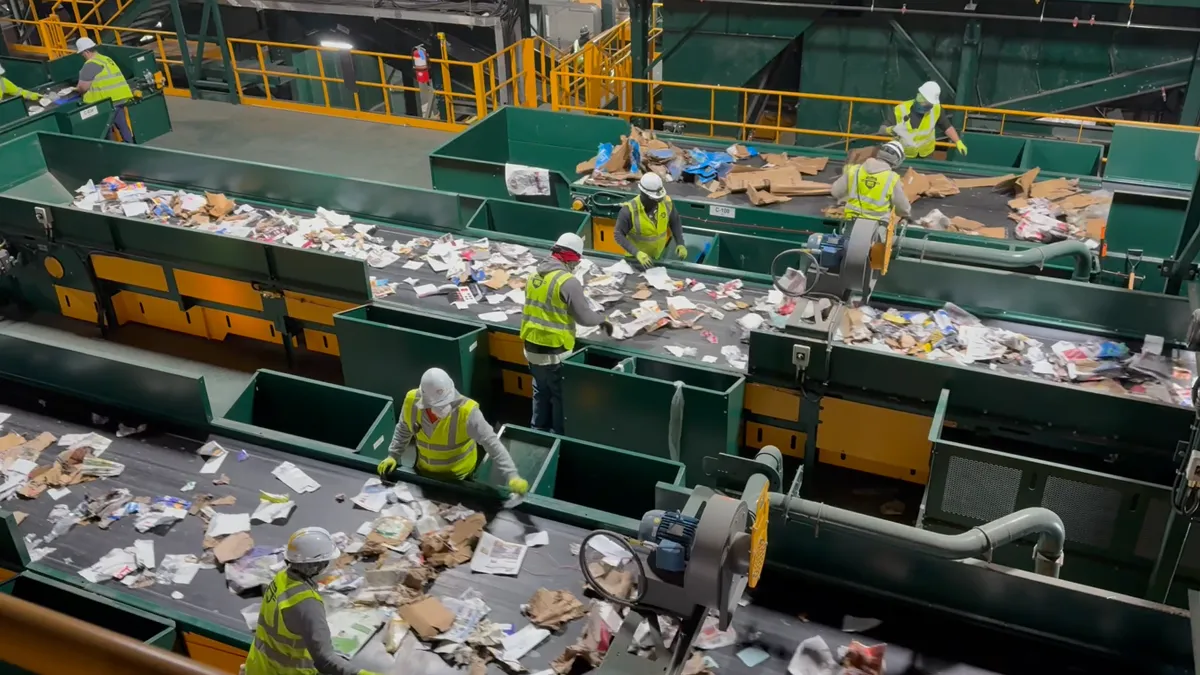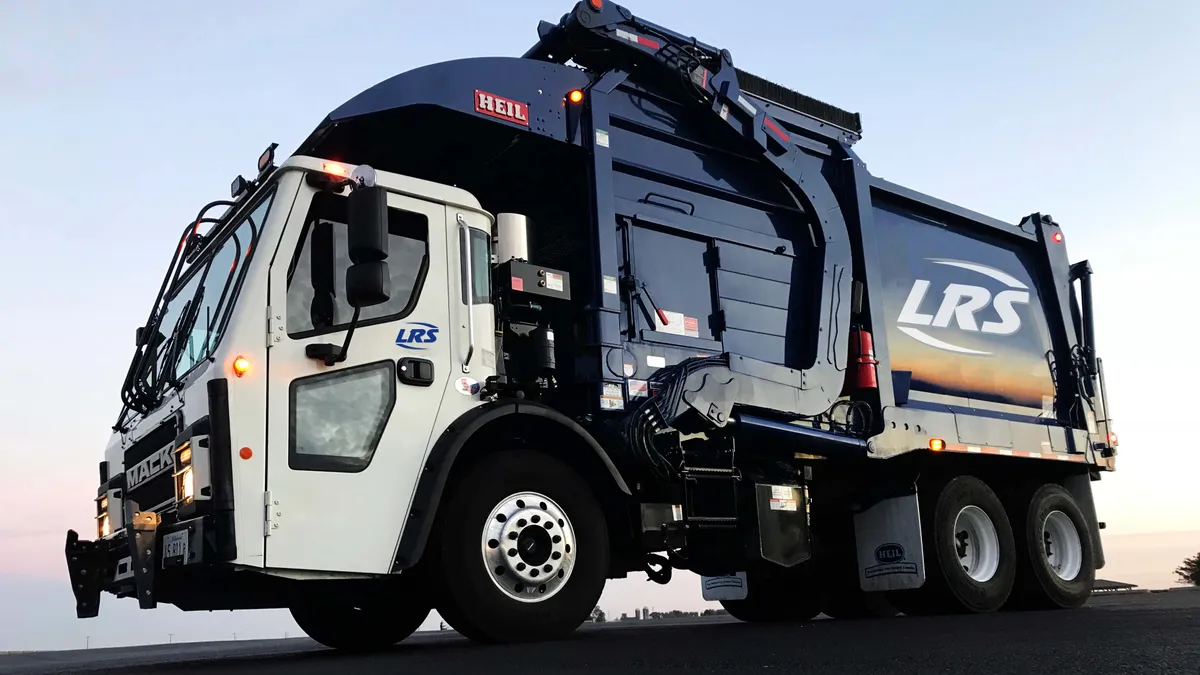Covanta has taken a major step forward in a quest to diversify its offerings after closing the acquisition of Circon earlier this week. The move dramatically expands Covanta’s environmental services offerings while also growing the company’s geographic reach.
But the firm’s progress since being taken private by EQT Infrastructure in 2021 is not without setbacks. Covanta is still in the process of assessing a strategy to rebuild following a fire at one of its facilities in Miami-Dade County.
CEO Azeez Mohammed spoke with Waste Dive during WasteExpo about Covanta’s outlook going forward, including its M&A pipeline, relationship with EQT and opportunities to improve its core assets.
The following interview has been edited for length and clarity.
WASTE DIVE: You just closed the deal to acquire Circon from Kinderhook. Tell me what the immediate impact of that transition will be for you?

AZEEZ MOHAMMED: It gives us reach into the West, Midwest and South. So it gives us a very good reach: a predominant presence in the Houston area where marquee customers are, Midwest, Illinois, Ohio, and other places, a bit in South Carolina. So the geographic reach and bringing us closer to the customers is the first one.
The second one is from an environmental services offering, it doubles our water treatment capacity. It makes us the leading provider of decarbonized fuel solutions to the cement kilns. That is the reason we are extending our offering. And it brings us 2,500 customers and 600 employees to serve those customers, with so many more technologies and offerings. And of course, the majority of the stuff coming into Circon gets reused or recycled, so the whole landfill avoidance and negative carbon story is quite significant.
Are there cross-selling opportunities involved with this between Circon’s offerings and yours?
Absolutely. First and foremost, there are cross-selling opportunities within the respective companies. Just to throw rough numbers out: nine units of services Circon could sell and nine units that Covanta could sell — and I don't think they are selling all nine services to every customer to begin with — but when you put these things together, now you have 18 services.
That is one of the biggest value creation levers, to be able to give a complete suite of technologies to the customer to say, “Hey, we are doing some of this water treatment for you. But did you know we could also do this for waste and other things?” We are just getting started.
You had sustainability targets as part of the leveraged buyout with EQT. How much closer does this get you to those sustainability targets?
With this we'll far exceed [those targets]. We will not stop because we want to keep adding value for our customers. We had calendarized that trajectory, and we are far ahead of that target. But we were shooting much higher than that.
Should we expect the pace of acquisitions to continue moving forward? What does the pipeline look like?
We'll be opportunistic. For us, the filters we need to put it through is exactly what I've mentioned. Does it give us geographic reach? Does it give us the technologies where we can be a leader? And the third one definitely is, there needs to be a carbon-negative angle. We wouldn't go buy it for the book of business, per se, that is not at all the strategy. We are being disciplined. We have said no to many different deals we didn't want. But when we feel it's right, we are highly supported by EQT to bring in the capital in a very unconstrained fashion.
Has EQT mentioned any sort of exit strategy yet?
They are patient capital. There's so much value creation possible — and we are already seeing it play out — that there is no hurry at all. They seem to be more patient capital than many other [private equity] firms. They have this thesis of sustainability-oriented growth platform and they want to play it out. And I'm very happy about it, because that is aligned with the management team. That's why we came here.
EQT emphasized the upgrades to facilities as well, including the core thermal treatment facilities. Tell me about where you are with those upgrades, and have you started to see the impact of having those facilities online more?
The lion's share of this stuff is going to happen over the next three to five years, of which this year is quite significant. About nine facilities are involved in that, where we are putting in a significant amount of capital, and we are about a third of the way. Now, are we seeing the benefits of it? From a run rate basis ... the way we look at it is the amount of tons we process is proportionate to the uptime. We will be higher than last year by a significant number.
What are those upgrades?
There are three categories. One would be to bring in a new technology to make the internal productivity higher and the reliability of the equipment far better. So instead of using a carbon steel, you would use Inconel, which is far superior — it's more expensive, but you don't need to bring the plant down for twice as long.
The second would be aging infrastructure. We just need to catch up on stuff so that it can go another 15 to 20 years, with less attention. So just looking at what are those critical assets which have been aged? Let's fix them, and replace them where needed, so that we can run peacefully.
And third is just taking a critical look at where are the areas where we could drive more growth? So the first two may look like a defensive play. But then the third one is to say, “We have bigger permits, could we bring in more kinds of waste? And what kind of claptraps do we need to build to go for the waste?”
I want to ask about your facility in Doral, Florida, after the fire there in February. To start, do you know yet what caused the fire?
The root cause analysis and the investigation is still in progress. We do not know yet. The thing is, we all want to get to the bottom of it for various reasons. It's an unfortunate incident, but I also doubt how much we can get to the bottom of it. Everything's on the table, including, could there be malfeasance or is it just the waste coming in or something else?
But the relationship with the county is solid; actually, it's been even more strengthened because of this. We are now putting our heads together on how to solve the waste problem. We need to get this back up and running quickly, otherwise it creates a bit of stress on the landfill. In fact, the life of the landfill goes to half if we are not able to find the solution rather quickly.
It's interesting you mentioned the relationship with the county, because I know that Miami-Dade County had voted to rescind the contract for a second incineration plant after the fire.
I think it had to do with the specific facility location. It was not a wholesale verdict on the technology itself. We are in discussions to say, “Hey, how could we create an eco-friendly solution with waste-to-energy at the center?” Just like if you look at Covanta, we have waste-to-energy but we have other aspects which are negative carbon as well. Could we create more of an eco park for the next generation? That becomes more palatable. We bring the best technologies and put in all the bells and whistles.
Those discussions, I think, will resonate well with the communities and the elected officials too. But this whole fire has accelerated the discussion. We don't know where the chips will land, but definitely we are committed to finding something more sustainable for the long term. Being in those meetings, I feel more confident now than ever before that we will get to something.
With the amount of damage from the fire, is it possible to salvage parts of the facility and get it up and running?
One particular section is completely damaged. But I've got a very creative team, and I think the Miami-Dade [County] team, they're very creative and very sophisticated. So both of them are talking together to say, "Hey, can we repurpose the boilers which are intact, and could we build the claptraps to create those pathways?" In fact, right now, we have on-site tire-shredding operations. We stood it up within 30 days, and we are creating alternate fuels for the kilns, which is negative carbon. So all of these many ideas are coming up to bring much of that activity back. It's going to take time, but there's a lot of green shoots coming up every day that makes me feel confident.
Do you know yet when you might get that facility back up and running?
To the fullest extent, not yet. Once we clear it with the Miami-Dade facility, we will do it. But realistically speaking, it will take at least a year, year and a half, if all the other stars align. But in the meantime, we will try to do more of these tire-shredding kind of operations, water treatment and other things. We'll figure it out. If it was our own facility we could move faster, but since it is plant-owned there's a lot more approvals that are needed.
When you spoke with us in January, you talked about elevating the chief sustainability officer to an executive vice president role so you can have more conversations and also make it more visible to the public. How has that relationship been, and what are the conversations that you're able to have now that you've made that move?
Tequila Smith was appointed as our EVP, and that team has been completely reinvigorated. We've had very good talent on that team, we just needed to point them in the right direction and empower them. That's happening, and I can see a lot of proof points. We are able to have discussions with the right elected officials, be it in Congress or even with the governors, because our permitting depends on all of that.
The biggest thing — if I were to say the one thing that resonated with all of them, which they themselves did not realize — is when we go in and say we are a negative carbon solution, and we are a solution to each of your environmental objectives, be it Republican or Democrat, they do have constituents that demand it, and they do appeal to that.
On the customer side, we are now able to go in and talk to the C-suite of Fortune 1000 customers and say, “We are a solution provider for your net zero goals.” If you start with talking about, “Let me take these waste containers at this site,” you won't be able to get the C-suite of Fortune 1000. But if you're able to say, “We generate 50 times the green metal that you use, which means if I just allocate 5% of that metal for you, you've greened your entire metal usage,” now you’ve got their attention.



